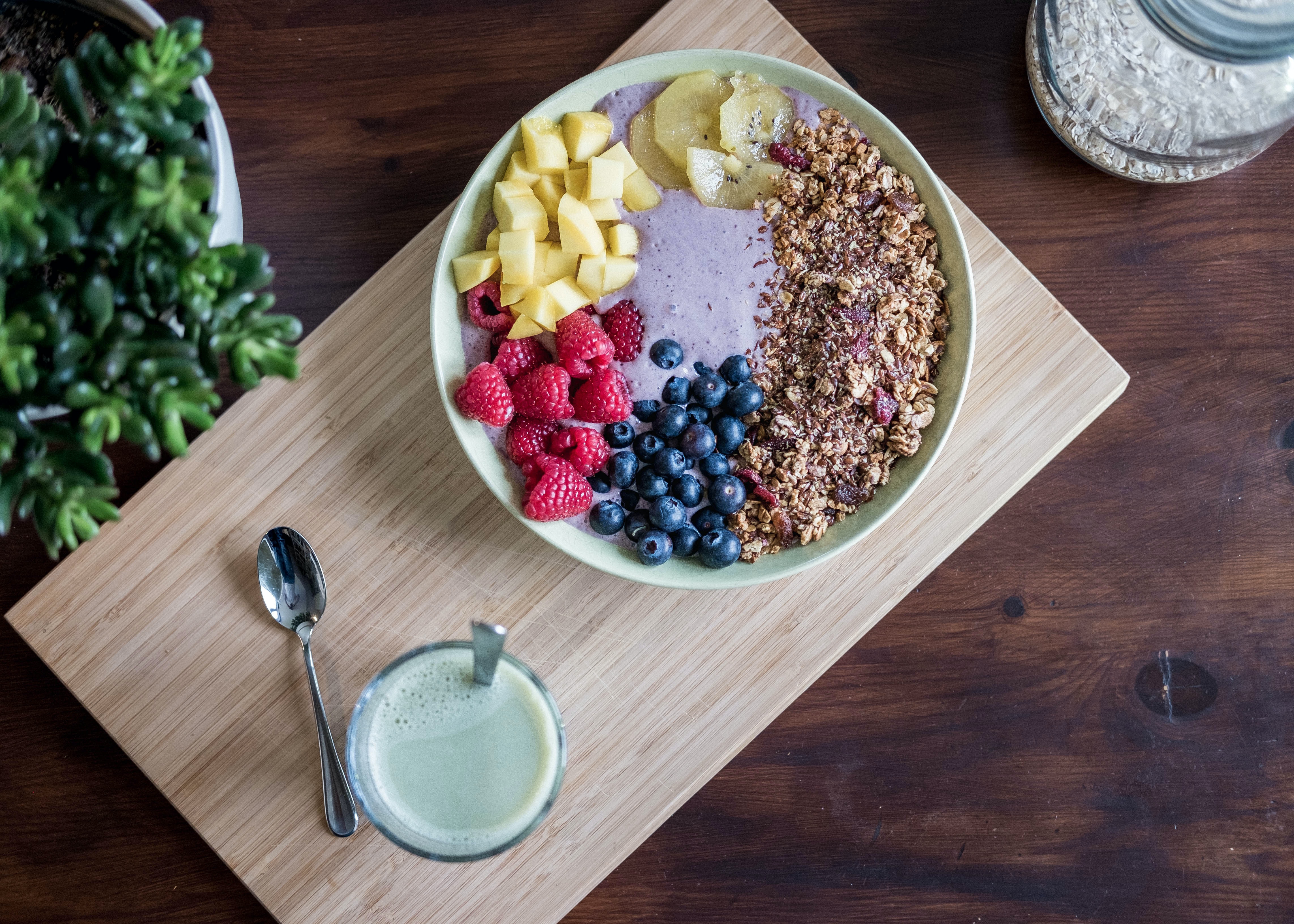Share This
No matter what type of diet people are drawn to, nearly everyone recognizes the importance of fiber for good nutrition. However, many are surprised to learn that not all fiber is created equal, and that the fiber from whole grains may offer specific health benefits that can’t be replicated with fruits or vegetables alone.
A new study published this spring in JAMA Network Open sheds light on the unique contributions of cereal fiber (the scientific term for fiber from grain foods). In this study, researchers analyzed the eating habits of 4,125 older adults (age 65+) with a special focus on their fiber intake, and also monitored the participants for signs of inflammation and heart disease. The study found that “higher intakes of cereal fiber, but not vegetable or fruit fiber, were associated with lower levels of inflammation in older adults.” Further, the results suggested that whole grain fiber may play other roles in its relationship with lower cardiovascular disease risk in addition to its link with lower inflammation.
This study is not the first to identify the diverse roles that different fiber sources play in health promotion. In a study of patients at risk of osteoarthritis, those eating the most cereal fiber had a 14% lower risk of joint pain worsening than those eating the least, and the results were not statistically significant for other types of fiber (such as fiber from fruit or nuts). Similarly, a study of 16,000 adults found that those who ate the most cereal fiber had a 27% lower risk of developing diabetes over the 7-year study period than those who ate the least, and that no link was noted with total fiber – just with cereal fiber.
This is not to suggest that other fiber-filled foods, such as fruits and vegetables, are not as nutritious. Instead, it is important to remember that different plant foods bring different benefits to the table, especially when it comes to our gut microbiome. Research shows that people who eat more than 30 types of plants (like wheat, broccoli, or apples, for instance) each week have more diverse gut microbes, indicating better gut health.
Get yourself out of a fiber rut and be sure to make whole grains a part of your daily diet. From the soluble beta glucan fiber in barley and oats, to the hemicellulose fiber in wheat, to the pectin in buckwheat, whole grains provide countless opportunities to nurture your health and keep your gut microbiome happy and healthy. (Kelly)
To have our Oldways Whole Grains Council blog posts (and more whole grain bonus content!) delivered to your inbox, sign up for our monthly email newsletter, called Just Ask for Whole Grains.


Add a Comment